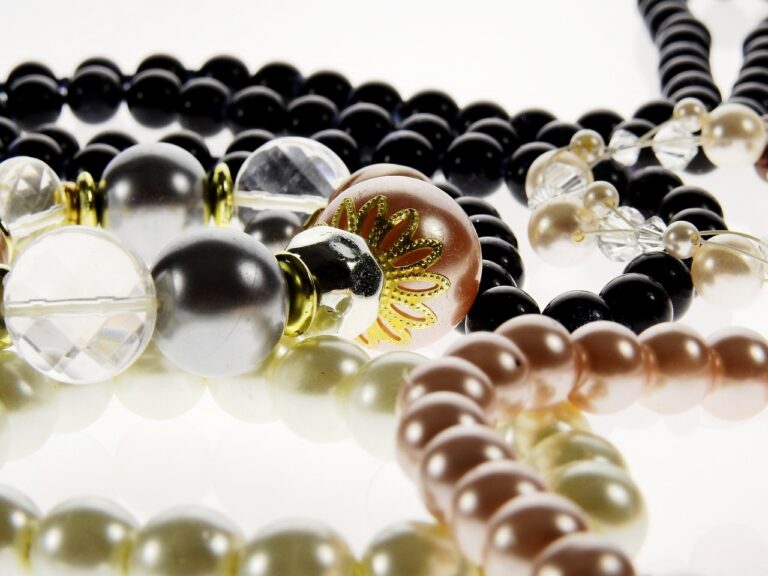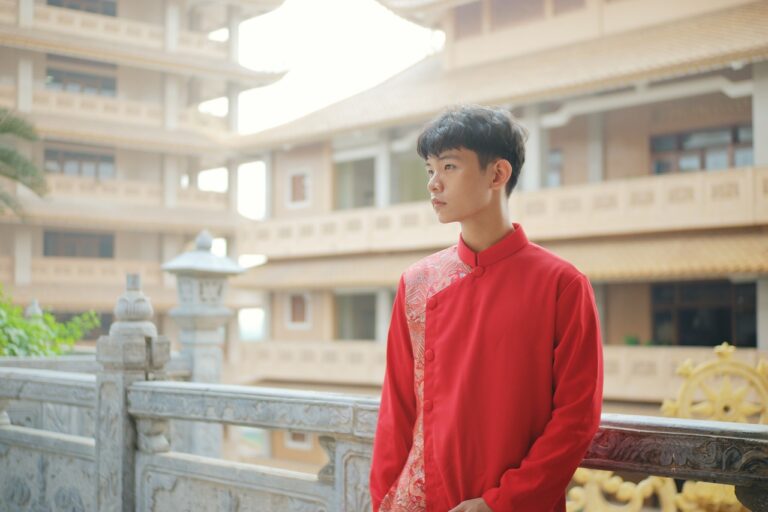Fashion and the Future: Predicting Trends in Sustainable Design
Designers face numerous obstacles in the pursuit of sustainable fashion practices. One of the primary challenges is sourcing eco-friendly materials that meet the desired standards of quality and durability. This process requires extensive research and testing to ensure that the materials chosen are both sustainable and capable of producing garments that can withstand the rigors of everyday wear.
Additionally, the fast-paced nature of the fashion industry often clashes with the time and resources required to implement sustainable practices. Designers must contend with tight production schedules, high consumer demand for new styles, and pressure to deliver products quickly and affordably. Balancing these competing priorities can be a significant challenge, requiring innovative solutions and a shift towards more sustainable business models.
Innovative Materials for Sustainable Fashion
Sustainable fashion designers are constantly exploring new materials to reduce the environmental impact of the industry. From recycled fabrics to innovative plant-based fibers, the fashion world is witnessing a shift towards more eco-friendly options. By incorporating these materials into their designs, designers can contribute to a more sustainable future for the industry.
One exciting development in sustainable fashion materials is the use of upcycled textiles. These fabrics are created by repurposing discarded materials, such as old clothing or industrial waste, into new textiles. Not only does this reduce the amount of waste going to landfills, but it also adds a unique touch to the garments, making them stand out in a sea of mass-produced clothing.
The Role of Technology in Sustainable Design
As sustainable fashion continues to gain traction in the industry, the role of technology has become increasingly crucial in driving innovation and promoting eco-friendly design practices. By leveraging advanced technological solutions, designers can explore new avenues for creating clothing that reduces environmental impact without compromising on style or quality. From utilizing 3D printing to produce custom-fit garments to implementing AI algorithms for more efficient supply chain management, technology offers a multitude of opportunities for enhancing sustainability within the fashion sector.
One notable way in which technology is contributing to sustainable design is through the development of smart textiles. These cutting-edge materials are designed to possess unique properties that can enhance the functionality and sustainability of the garments they are used in. For instance, smart textiles can incorporate features like moisture-wicking capabilities, thermoregulation, and even pollution-detecting abilities, helping to improve the overall performance and environmental footprint of the clothing industry. By integrating these innovative materials into their designs, fashion designers can push the boundaries of sustainability and create a more eco-conscious approach to fashion production.
– Smart textiles are revolutionizing the fashion industry by enhancing functionality and sustainability
– Features of smart textiles include moisture-wicking, thermoregulation, and pollution-detecting abilities
– Integration of smart textiles into designs can improve overall performance and environmental footprint in fashion production
What are some challenges in sustainable fashion design?
Some challenges in sustainable fashion design include sourcing eco-friendly materials, reducing waste in the production process, and maintaining ethical labor practices.
Can you provide examples of innovative materials for sustainable fashion?
Yes, some examples of innovative materials for sustainable fashion include recycled polyester, organic cotton, and bamboo fabric.
How does technology play a role in sustainable design?
Technology plays a crucial role in sustainable design by enabling the development of new materials, improving production processes to reduce waste, and tracking the environmental impact of products throughout their lifecycle.







